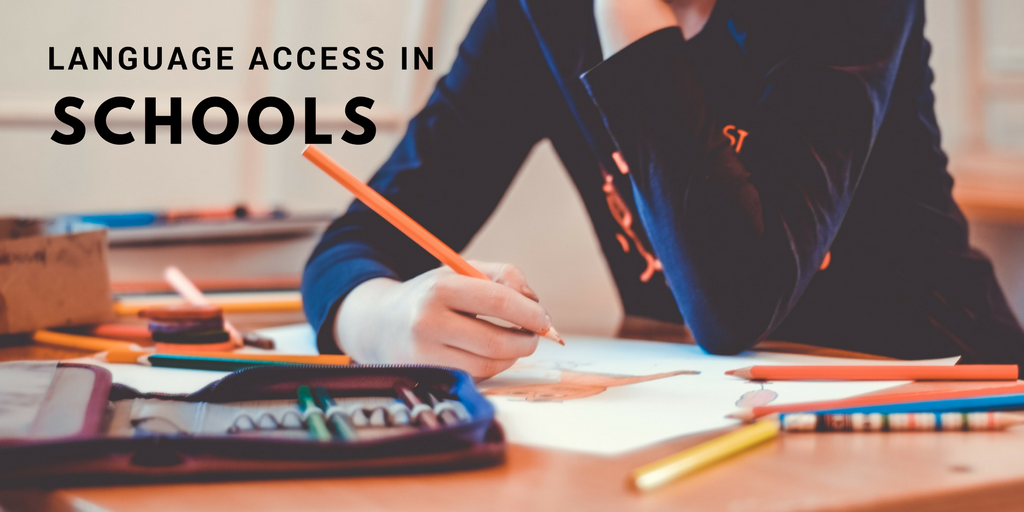
Why Schools Need Professional Interpreting & Document Translation
As school populations grow more ethnically and culturally diverse, the importance of document translation and interpreting services to overcome communication challenges grows as well.
In districts, like we have here in the greater Chicago area, with language diversity, these challenges are felt by both sides: First, by parents who must cope with an environment where they aren’t fluent in the primary language; and second, by the school, which attempts to keep parents informed of the significant events in their children’s school life — no matter what language they might speak.
Thankfully, interpreting and translation can be applied to nearly all types of school communications: in person meetings, report cards, permission slips, event invitations, school notices and more. Each of these provides parents with valuable information, which can have serious consequences if it is misunderstood or misinterpreted.
Clear Conversation
Language barriers have a way of complicating in-person parent-teacher communications. When neither party is fluent in both languages, there is a high risk of misunderstandings. Using nuance and slang is especially risky, as it can easily be misinterpreted or missed entirely.
Having a professional or professionally trained interpreter present addresses this issue by giving parents exactly the information they need in a manner that is easily understood. It also gives the parent real-time access to replying or participating in the discussion.
And it’s in person interpreting that is needed. Many times, documents such as new school policies or programs should be translated. Children cannot, nor should be, relied upon to understand the intent of a school notice. For example, if the message is sensitive — like a report card — the child might not be fully impartial when translating, and instead edit out unflattering segments. Professional document translation allows the message to reach parents with a lower risk of tampering or distortion.
Language Access Encourages Interaction
By taking advantage of language access services like document translation and on-site interpreting, schools provide more than just clearer communication. They bridge cultural divides in their community and create stronger ties with students’ parents.
Issuing communications in a native language sends a positive message to parents: the school cares enough to want every family involved. Parents will likely be more inclined to participate in school functions, activities and programs if they feel they are valued. Also, parents might be more involved in their children’s academic lives if they know more about what is going on at school and what they can do to support their children’s efforts.
Language access can also help schools that want to be more integrated into the community. Relying on substandard translations instead of using professional document translation can damage the school’s reputation. When done properly, a translated school document expresses an institution’s professionalism and expertise in multiple languages.
Schools are not just centers of learning; they are also centers for the community. By taking advantage of interpreting opportunities and smart document translation, schools can show that they are working toward a closer, more inclusive relationship with students and their families.
Interested in examining what makes sense for your school system? Let’s get in touch!
